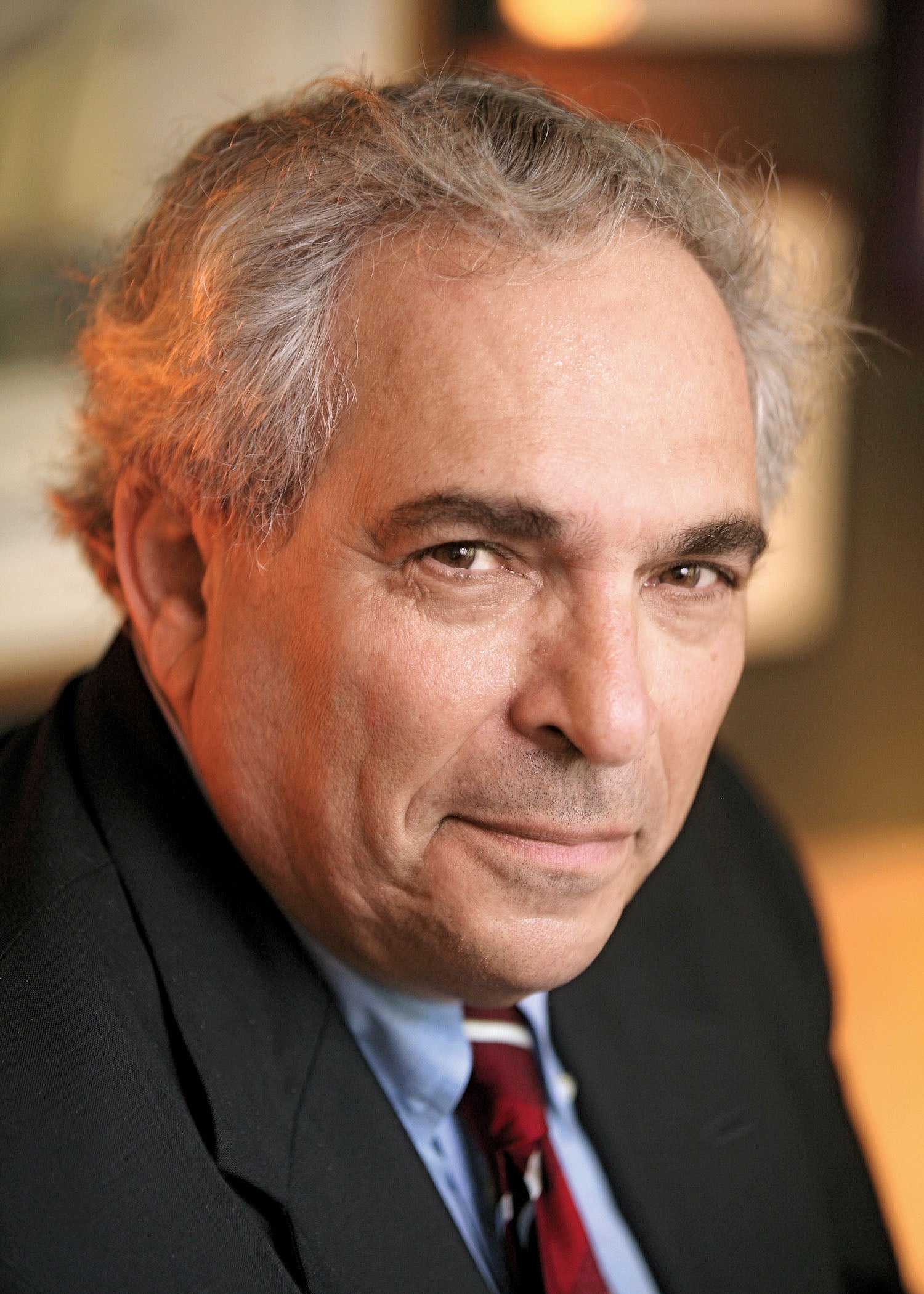The following op-ed by HLS Professor Hal Scott “The Fed’s independence is at risk” appeared in the Aug. 20, 2009, edition of The Financial Times. Scott co-wrote the op-ed with Glenn Hubbard, dean and professor of finance and economics at Columbia Business School, and John Thornton, chairman of the Brookings Institution. Hubbard and Thornton co-chair and Scott directs the Committee on Capital Market Regulation.
As leaders gather this week for the annual Jackson Hole symposium on the economy, they should consider the future of the Federal Reserve as lender of last resort. Over many decades and especially in this financial crisis, the Fed has used its balance sheet to be a classic lender of last resort. But its ability to do so depends upon its economic credibility and political independence, attributes the Fed has compromised in this crisis.
As the crisis worsened at the end of 2007, the Fed created new liquidity facilities, some of which involved new recipients, beyond depository institutions, such as investment banks and corporate commercial paper issuers. In addition, in 2008, the Fed made extraordinary “bail-out” loans to avoid the failure of systemically important institutions – a $30bn (£18bn, €21bn) non-recourse loan, with a $1bn deductible, to assist JP Morgan Chase’s acquisition of Bear Stearns and the creation of a two-year $85bn credit facility for AIG. Also, the Fed, in partnership with the Treasury and Federal Deposit Insurance Corporation, guaranteed $424bn of losses on pools of Citigroup and Bank of America bad assets.
These actions have had a big impact on the Fed’s balance sheet. As of June 2009, its total assets had risen to over $2,000bn compared with $852bn in 2006, and only 29 per cent of these assets were Treasury securities, compared with 91 per cent in 2006. Traditional loans by a lender of last resort are sufficiently collateralised to prevent moral hazard for borrowers and reduce risk to the central bank. However, the adequacy of the collateral of these new Fed positions is unclear. Read more.
